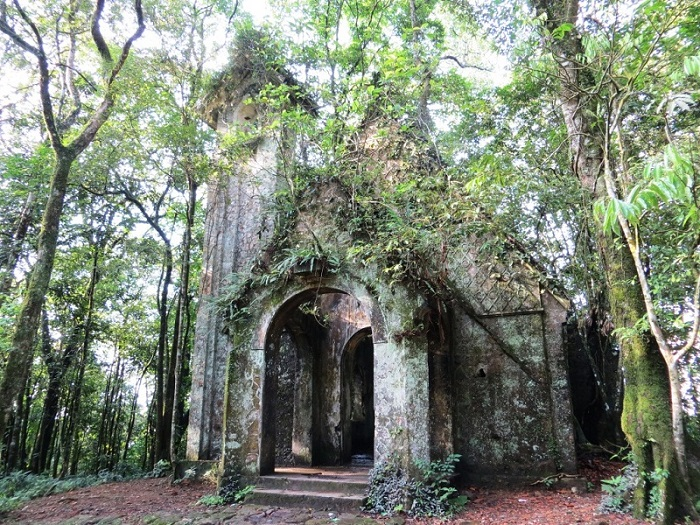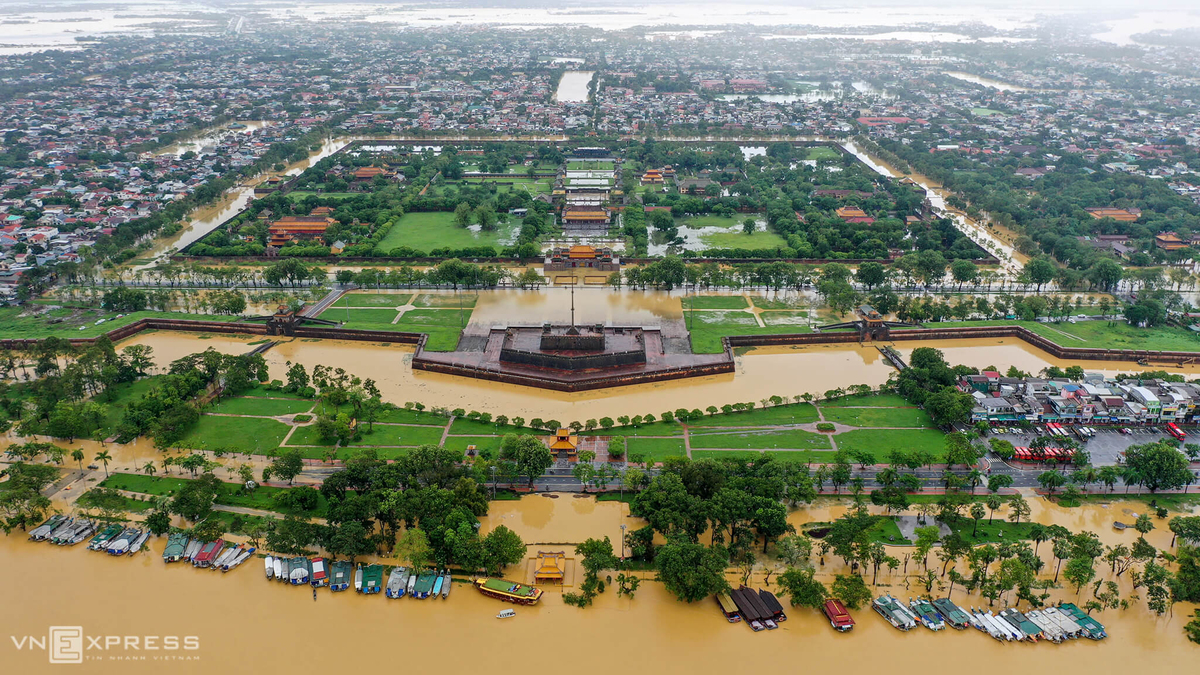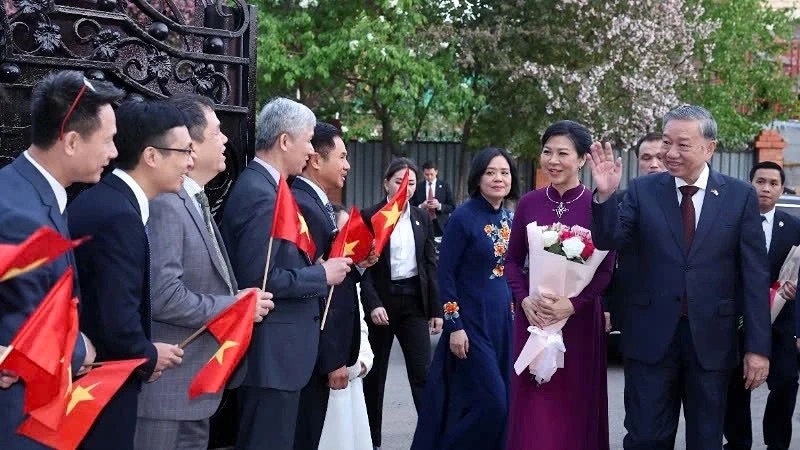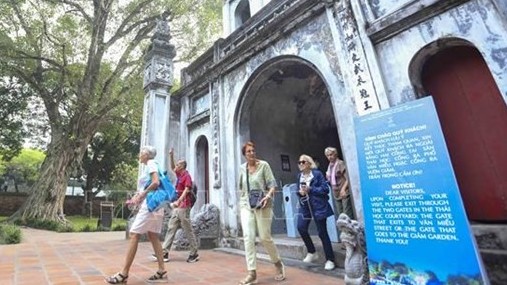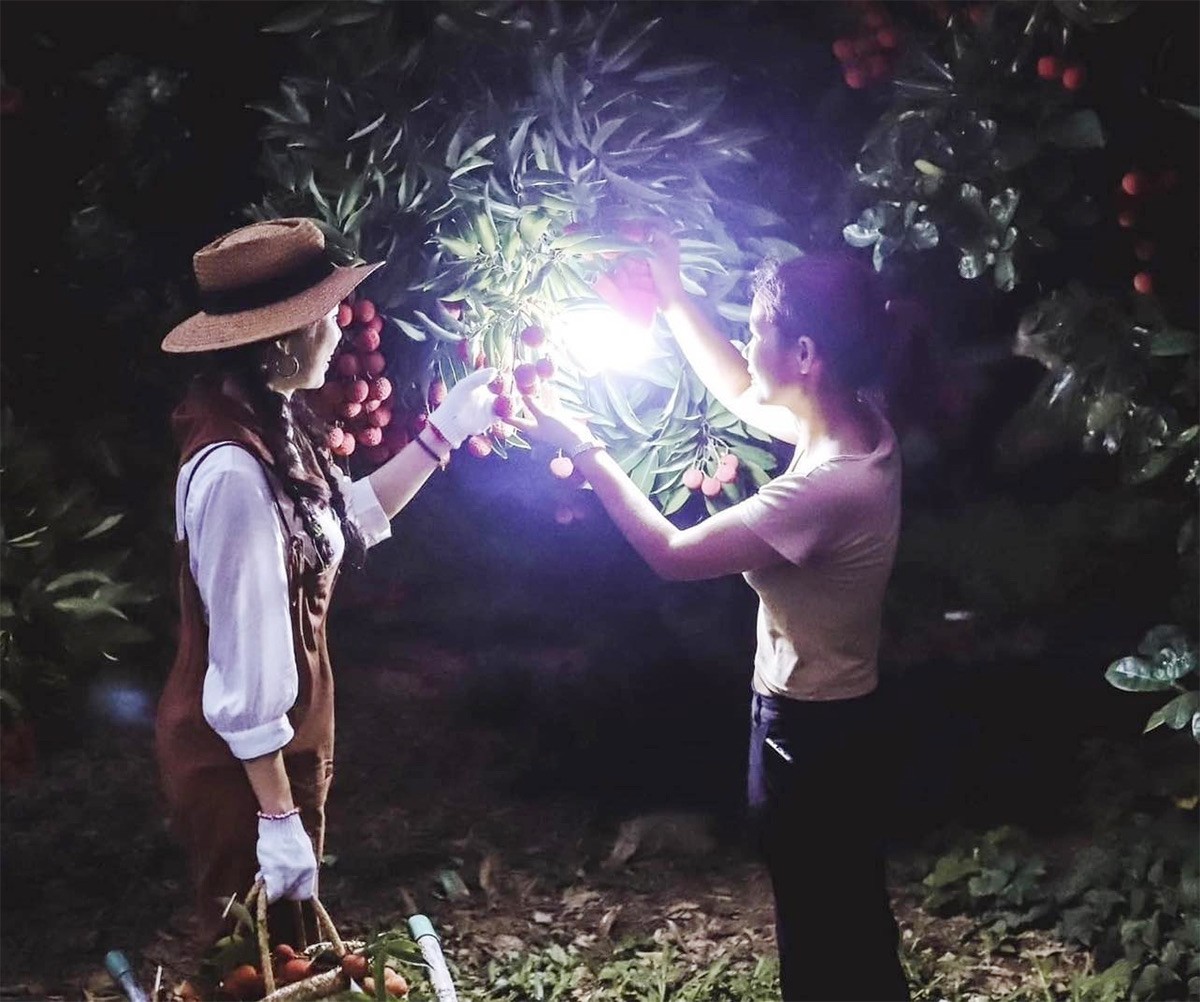Hue mausoleum viewed from above
From above, visitors can enjoy the scene of the majestic tombs of Gia Long, Minh Mang, Tu Duc, Khai Dinh ... all of which were still well-reserved.
| Three picturesque hills in Hue for serenity-seekers | |
| Mysterious hues of abandoned architectures in Vietnam | |
| Hue Imperial City submerged by floodwaters |
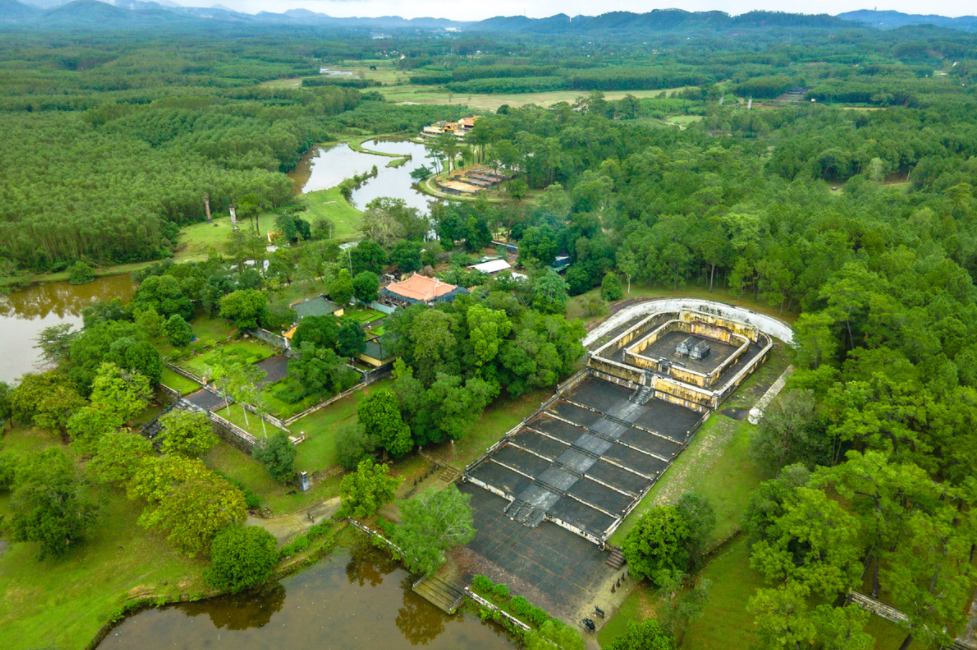 |
| The tomb of Gia Long or Thien Tho tomb is located in Dinh Mon village, Huong Tho commune, Huong Tra district, about 20 km west of Hue city center. This is the burial place of King Gia Long named Nguyen Phuc Anh (1762-1820), the founding king of the Nguyen Dynasty in reign from 1802 until his death. The special thing about Gia Long's tomb is that it includes the tomb of Queen Thua Thien Cao, the wife who had always been with him through many tribulations. The image of 2 stone graves built next to each other shows a beautiful example of happiness and loyalty. (Photo: VN Express) |
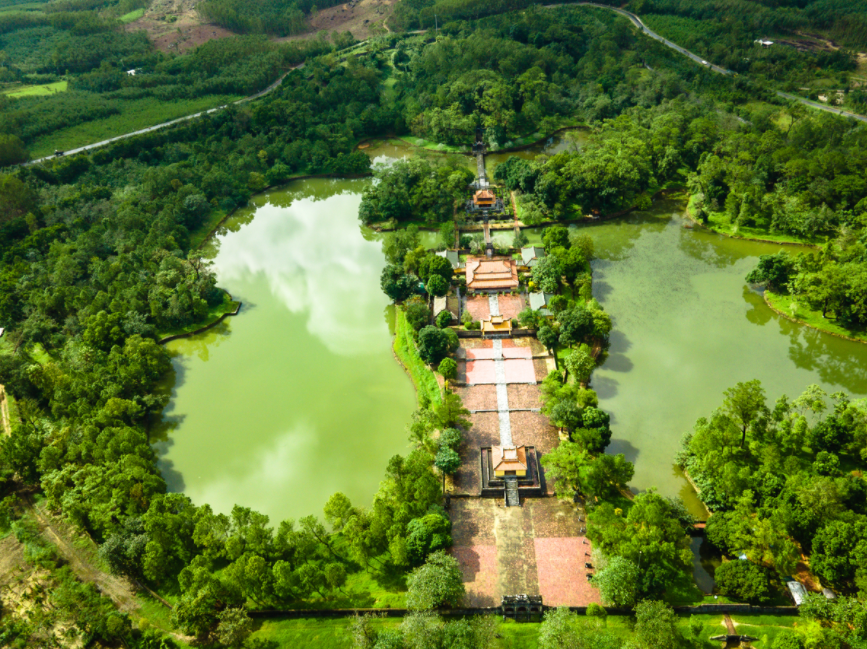 |
| The tomb of King Minh Mang or Hieu tomb, located in Cam Khe mountain, near the confluence of Bang Lang (the confluence of two streams of Huu Trach, and Ta Trach which forms Huong River), 12 km from Hue City. The mausoleum is the burial place of King Minh Mang, named Nguyen Phuc Dam (1791 - 1841). He took the throne from 1820 until his death. This work was built in 3 years and needed 10,000 workers and soldiers to complete. (Photo: VN Express) |
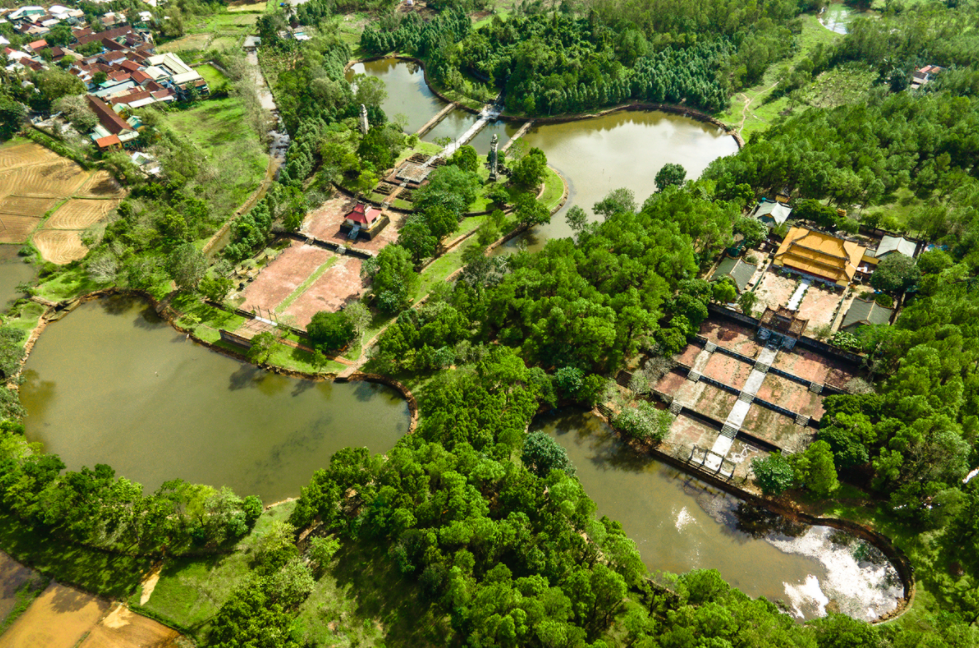 |
| King Thieu Tri mausoleum or Xuong tomb is the burial place of King Thieu Tri. The work is located in the ancient capital of Hue and has been recognized as a world cultural heritage by UNESCO in 1993. The mausoleum is built on Thuan Dao mountain, Cu Chanh village, Thuy Bang commune, Huong Thuy district, 8 km from the city center Hue. This is the only mausoleum facing the Northwest, the direction rarely used in the architecture of mausoleums in the Nguyen Dynasty. (Photo: Vn Express) |
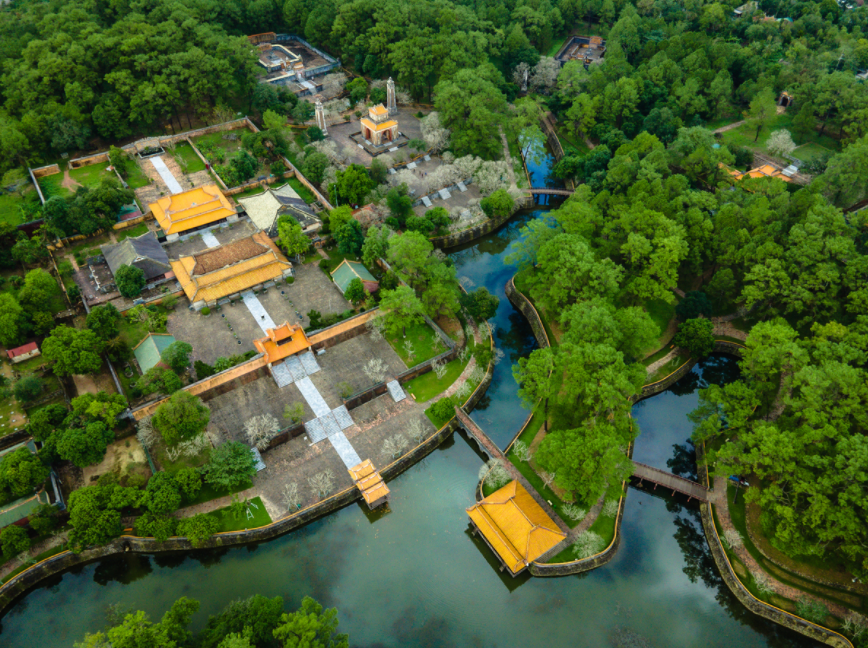 |
| Tomb of Tu Duc or Khiem tomb is located in a narrow valley in Thuong Ba village, Thuy Xuan ward, Hue city. The mausoleum has sophisticated architecture, charming landscape and is one of the most beautiful tombs of the Nguyen Dynasty. In the compound of Tu Duc mausoleum, there also exists the tomb of Kien Phuc, the 7th king of the Nguyen Dynasty. Kien Phuc is the grandchildren adopted by King Tu Duc and ascended the throne in December 1883 after King Duc Duc and Hiep Hoa. (Photo: VN Express) |
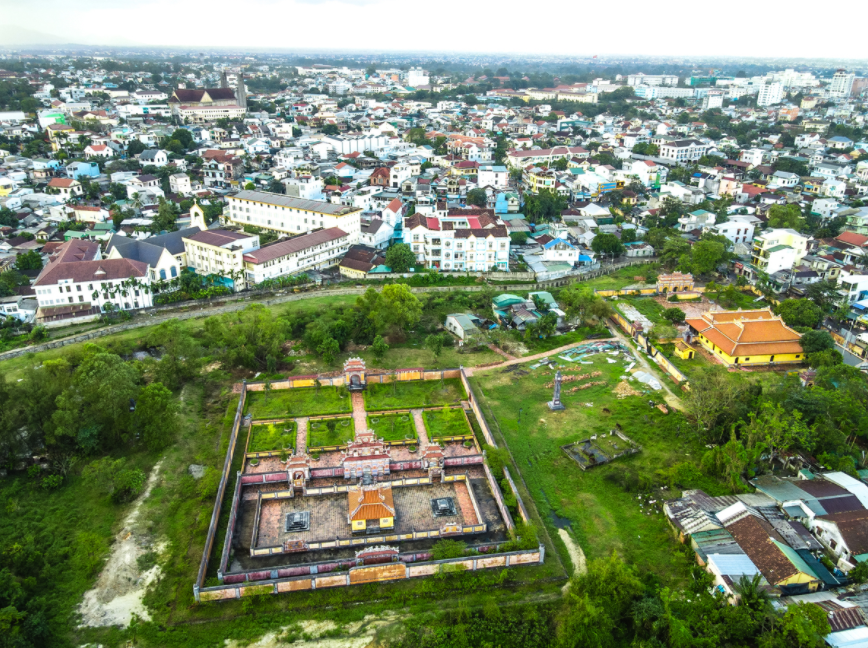 |
| Duc Duc's mausoleum is also known as An tomb, the burial place of King Duc Duc, the 5th king of the Nguyen Dynasty. The tomb is currently in An Cuu ward, Hue city, less than 2 km from the city center. The area of the mausoleum is nearly 6 hectares wide, including the tomb of King Duc Duc, the queen, and 163 relatives. (Photo: VN Express) |
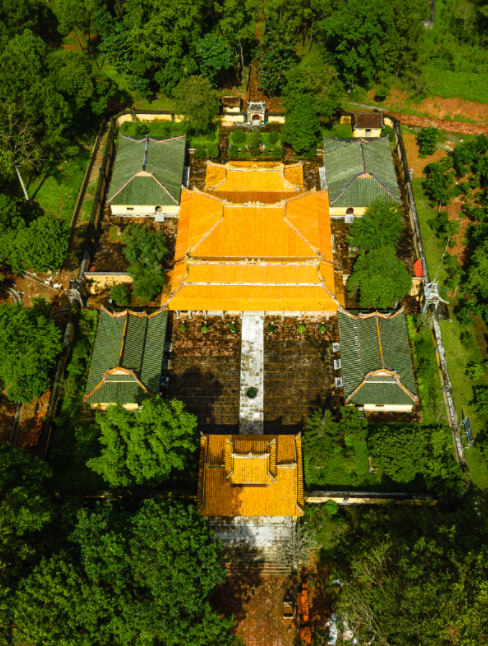 |
| The tomb of Dong Khanh is the burial place of King Dong Khanh. The compound is located in the middle of the countryside of Thuong Hai village, Xuan Thuy ward, Hue city. Dong Khanh mausoleum is also the burial place for King Ham Nghi (1874-1944). King Ham Nghi died on January 4, 1944, while in exile in the Algerian capital. In 2008, his body was brought to Hue for burial. (Photo: VN Express) |
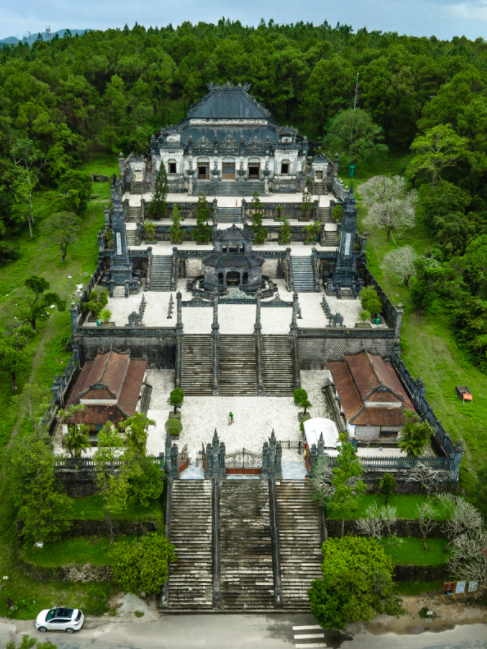 |
| As the most "open-minded" king of the Nguyen Dynasty, the tomb of King Khai Dinh also shows the influence of foreign architectural schools such as India, France ... Entering the mausoleum, visitors will see find a mix of Eastern and Western literature, culture, and architecture, reflecting the king's lavish personality during his life. (Photo: VN Express) |
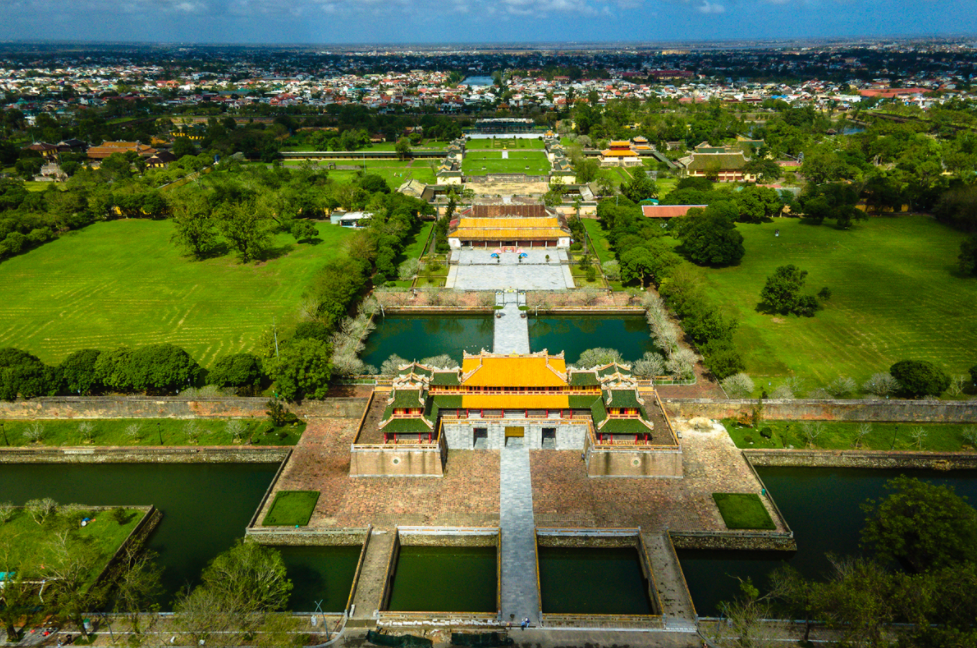 |
| The panorama view of the Forbidden City seen from the flagpole. This is the center of the daily activities of the king and royal family of the Nguyen Dynasty. The work was started in 1804, then additionally built by the Nguyen kings in the center of present-day Phu Hau ward, Hue. (Photo: VN Express) |
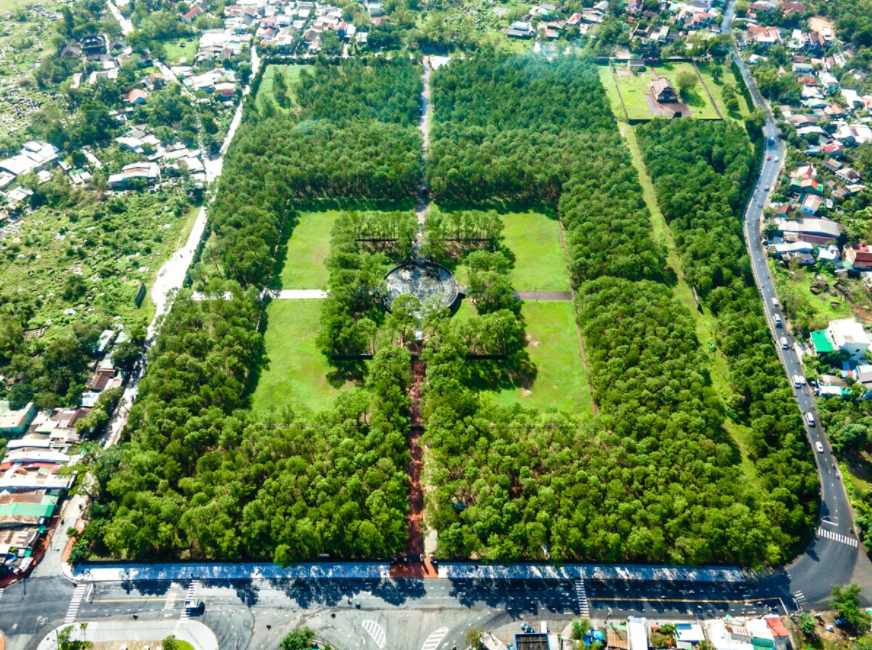 |
| Dan Nam Giao is the place where the Nguyen kings held traditional rituals in the spring every year. The work is located in Truong An ward, Hue city. Dan Nam Giao was built in 1806. The first ritual was held in 1807. The Dan Nam Giao of Vietnam's Nguyen Dynasty in Hue is the only relic compound that remains relatively intact nationwide. (Photo: VN Express) |
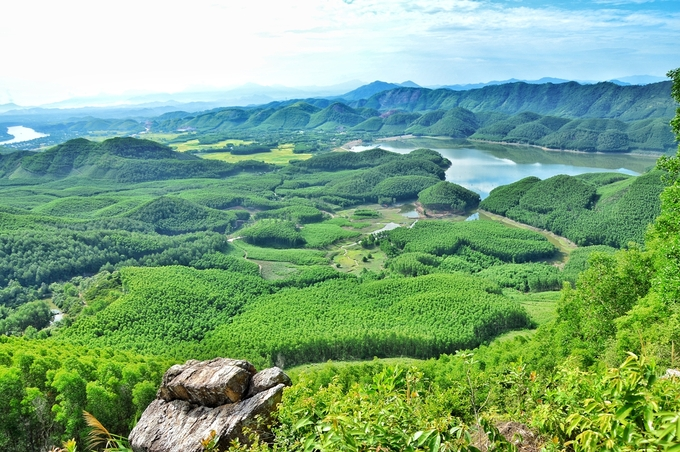 | Travel guide for a memorable trip to Hue Hue, with long-lasting historic and cultural values, wins the hearts of any visitors stepping on it for the first time. If you’re planning to travel ... |
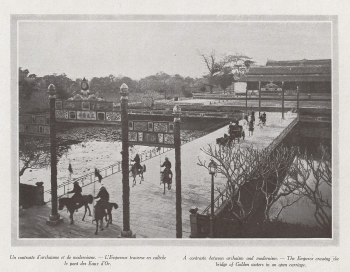 | Rare photos of Hue Imperial City in 1919 The rare photos printed in the “Annam 1919 - L'Indochine française” book give a close insight into the scenery of the Imperial City of Hue ... |
 | In photos: Thousands of houses in Thua Thien Hue inundated in water Flooding triggered by heavy downpours has submerged thousands of houses in the central province of Thua Thien Hue. |
In topics
Recommended
 Travel
Travel
Vietnam Through Australian Eyes: Land of Flavor, Warmth, and Timeless Charm
According to The New Zealand Herald, Vietnam ranked as the ninth most popular travel destination for Australian tourists last year, with nearly 450,000 visitors making their way to this country.
May 14, 2025 | 16:02
 Travel
Travel
Strategies for Sustainable Growth of Vietnam’s Tourism from International Markets
According to statistics from the Vietnam National Authority of Tourism, the first quarter of 2025 marked a historic milestone for the country’s tourism industry, welcoming more than 6 million international arrivals — the highest ever recorded in a single quarter. This figure represents a 29.6% increase compared to the same period in 2024 and more than double the number seen in 2019, before the COVID-19 pandemic.
May 05, 2025 | 07:52
 Travel
Travel
Vietnam Strengthens Its Presence On The Global Tourism Map
The global online travel service platform Trip.com recently announced the 2025 Global Trip.Best Ranking, honoring the most popular accommodations, restaurants, and attractions in the world. Vietnam made a strong impression with 38 representatives from 11 provinces and cities spread across three regions, participating in all three main categories.
April 25, 2025 | 07:52
 Multimedia
Multimedia
Phong Nha-Ke Bang National Park Named Top Adventure Travel Site
According to Wanderlust (UK), the Phong Nha - Ke Bang National Park captivates adventure seekers with its majestic cave systems hidden within pristine forests and unspoiled natural landscapes.
April 18, 2025 | 15:36
Popular article
 Travel
Travel
Vietnam Welcomes Record-High Number of International Visitors
In the first three months of this year, Vietnam welcomed more than 6 million international visitors, a nearly 30% increase compared to the same period last year, marking the highest figure ever recorded. According to experts, visa policies and various attractive factors have contributed to the remarkable growth of Vietnam's tourism sector.
April 09, 2025 | 07:34
 Travel
Travel
Luxury Train From Hanoi To Hai Phong To Be Launched In May
A luxury train connecting Hanoi with the northern port city of Haiphong will begin operations in early May, adding a fresh attraction to Hai Phong’s tourism offerings.
March 27, 2025 | 09:46
 Travel
Travel
Phong Nha Named Top Budget-Friendly Travel Destination for Spring 2025: Agoda
Phong Nha in the central province of Quang Binh has topped the list of the most affordable destinations for spring travel in April and May selected by the digital travel platform Agoda.
March 25, 2025 | 16:10
 Travel
Travel
Four Indian Films Introduced to Lao Cai Audience
The Lao Cai Center for Culture and Cinema, in collaboration with the Department of Culture, Sports, and Tourism, held the opening ceremony of the Indian Film Festival in Lao Cai, at Lao Cai Cinema on March 15.
March 18, 2025 | 09:22


